Bibimbap, a rice dish mixed with various vegetables and drizzled with sesame oil, has long been considered a representative dish of healthy Korean cuisine .
Among the variations, sanchae bibimbap (wild vegetable bibimbap) is becoming a star because it uses natural, nutrient-rich wild vegetables.
In addition to familiar ingredients such as siraegi (dried radish leaves), sweet potato leaves, green peppers, dried zucchini, dried squash and shredded radish, sanchae bibimbap also includes wild vegetables picked from nature such as mushrooms, royal fern, ginseng, bellflower roots...
These ingredients are often marinated and used as side dishes or mixed directly into rice.
Health benefits of sanchae bibimbap
Experts say sanchae bibimbap can help stabilize blood sugar, support bone health and manage weight if eaten properly.
Siraegi (dried radish leaves) contains 3-4 times more fiber than fresh radish leaves, helping to slow down digestion, stabilize blood sugar and create a feeling of fullness for a long time - an important factor in weight control.
Radish leaves also contain more vitamin C , fiber , calcium , potassium , and folate than the root. For example, the calcium content in the leaves is 10 times higher than that of the root.
According to the Korea National Institute of Crop Science , radish leaves are also rich in compounds such as indoles and isothiocyanates - substances that have anti-cancer properties.
Dietary fiber helps lower cholesterol , improve digestion and reduce the risk of colon cancer . When combined with vitamin D , calcium helps strengthen bones and prevent osteoporosis .
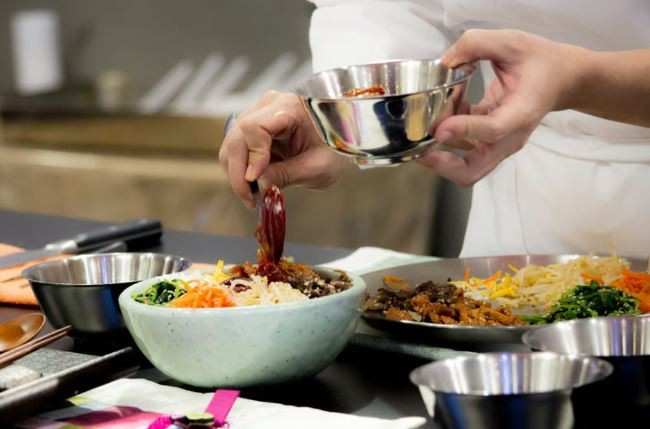
Korean zucchini (aehobak) is rich in vitamin A , which supports vision, skin, mucous membranes, and epithelial cell growth. Vitamin A deficiency can cause dry, rough skin and increase the risk of dry eye syndrome. Children are more susceptible to vitamin A deficiency than adults because of their lower ability to store it in the liver and tissues.
While eating zucchini in large amounts is safe, be cautious about taking vitamin A supplements in pill form. Because it is a fat-soluble vitamin, taking too much can cause headaches, nausea, dry skin, hair loss, and diarrhea.
Mushrooms are a good source of protein , which aids in muscle growth and boosts immunity . Mushrooms are also high in fiber, which helps control blood sugar and cholesterol.
In particular, shiitake mushrooms have twice the amount of vitamins B1 and B2 as most vegetables. They are also rich in ergosterol - a precursor of vitamin D that helps lower cholesterol.
The recommended daily dose is 10 grams of dried shiitake mushrooms, which contain only about 3 calories, making them suitable for dieters.
In addition, mushrooms provide essential amino acids that the body cannot synthesize on its own. Lentinan, an active ingredient in shiitake mushrooms, has been developed into a drug to enhance immunity and inhibit the growth of cancer cells.
How to eat properly to achieve optimal results?
To maximize the benefits, eat bibimbap with low-GI rice, which helps blood sugar rise more slowly and helps prevent diabetes.
However, rice is still a carbohydrate, and eating too much can cause blood sugar to spike and lead to weight gain. In sanchae bibimbap, vegetables should still be the main ingredient, and if you add too much rice, you will lose the health benefits of the dish.
Because wild vegetables contain a lot of fiber that helps regulate blood sugar, reducing the amount of rice is very necessary. For people with diabetes or prediabetes, they should use a moderate amount of rice and cereal.
If using white rice, you should reduce the amount of rice and increase vegetables, to still effectively support blood sugar control./.
Source: https://www.vietnamplus.vn/mon-com-nay-cuc-ky-tot-cho-suc-khoe-neu-an-dung-cach-post1054371.vnp
























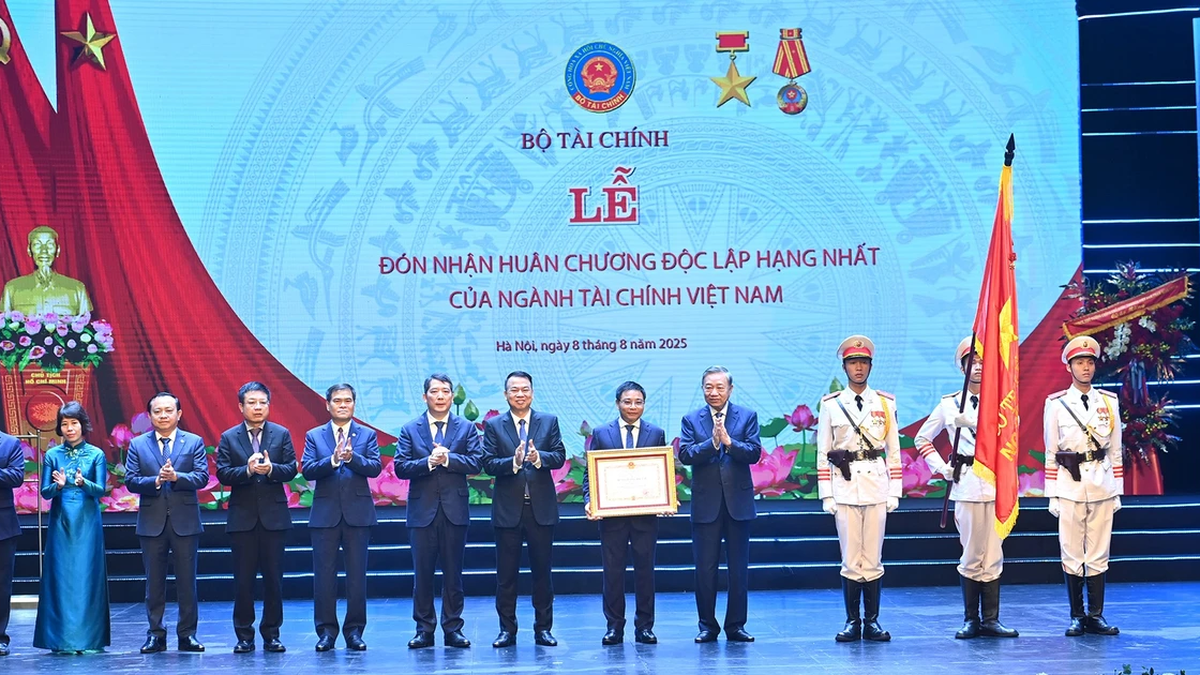





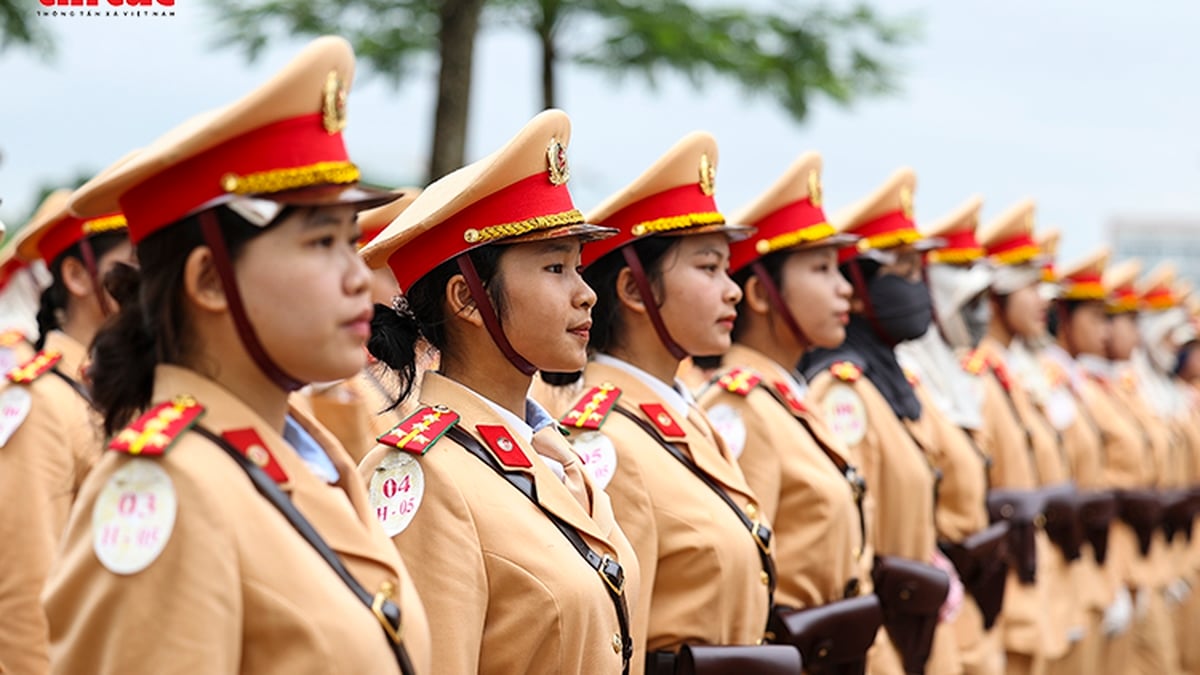





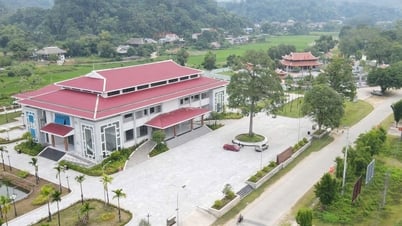



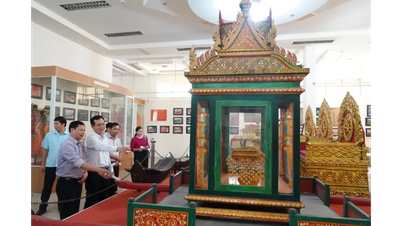







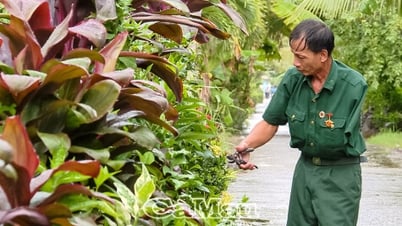












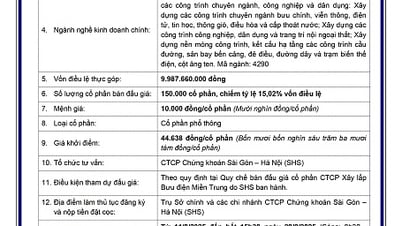
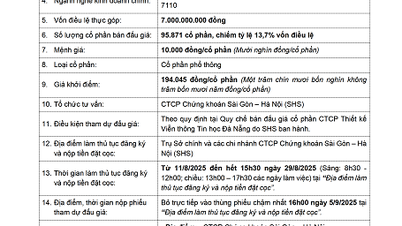










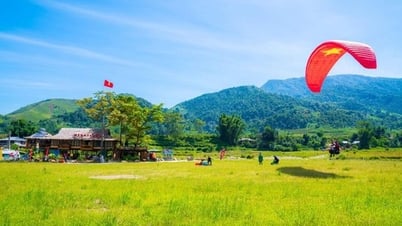




























Comment (0)